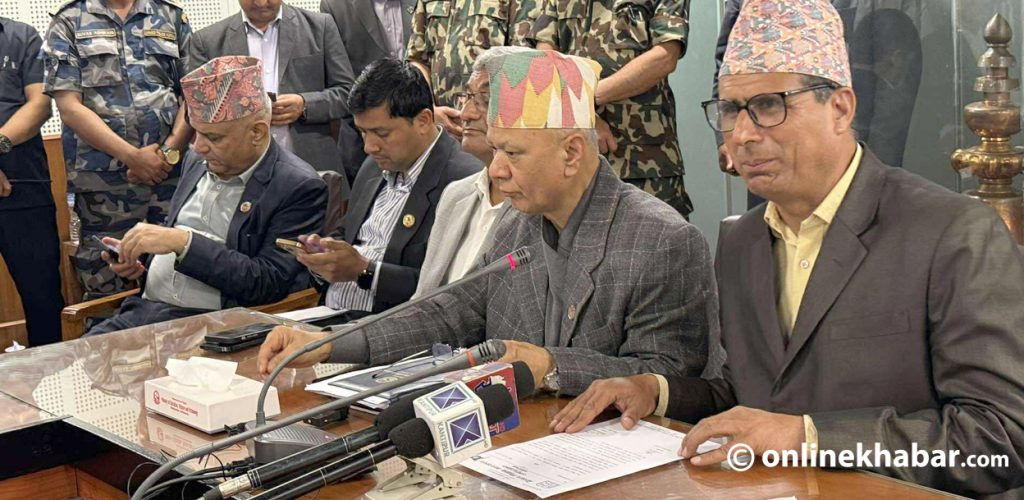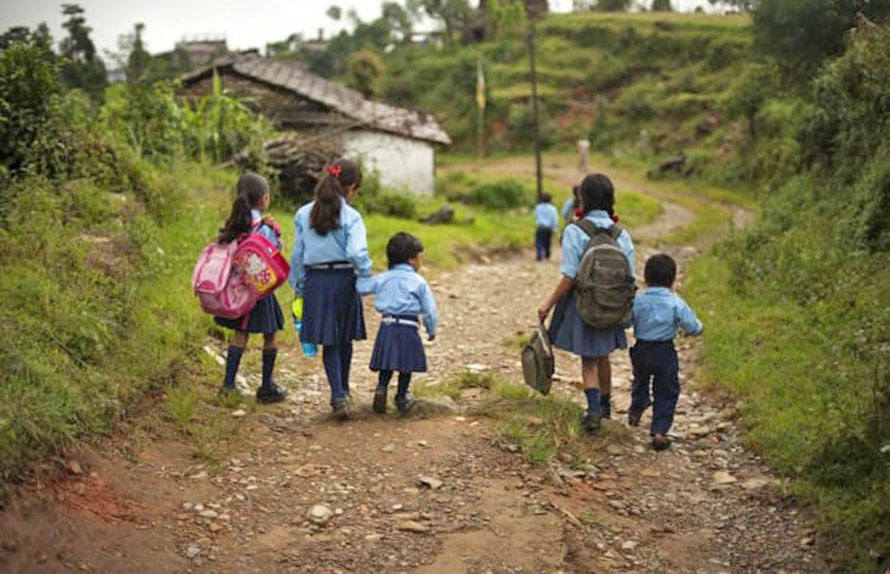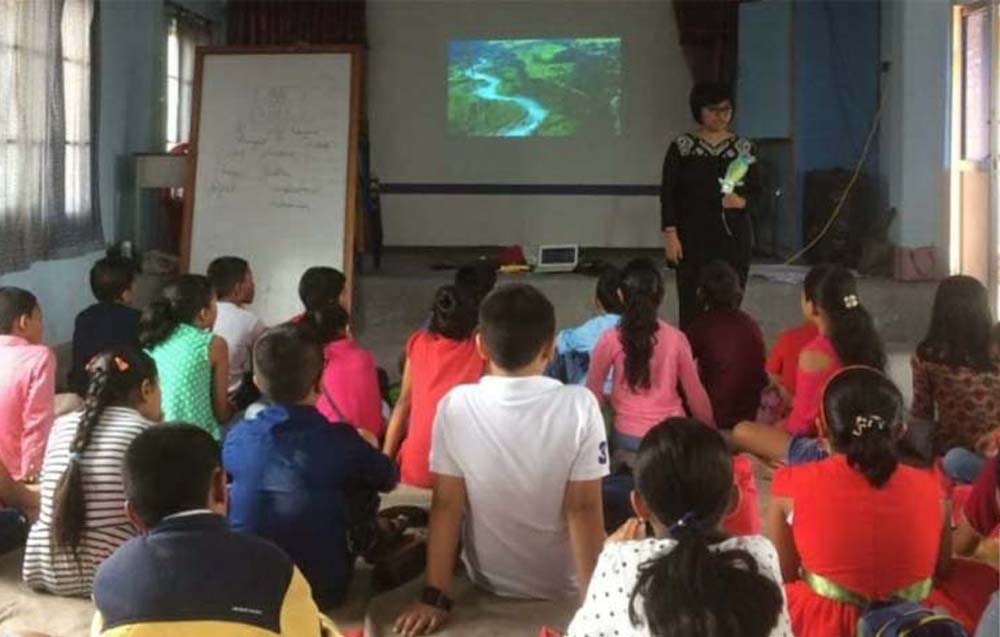
“No story lives unless someone wants to listen.” – JK Rowling
We are living in the times when we need listeners more than speakers; the listeners who can listen from the heart and not from the head, the listeners who have the faculty of wonder, the listeners who remain content that we may not be able to get all the answers that we ask, the listeners of the stories narrated by weathered faces from time immemorial. These are the faces which witnessed environmental disasters, famines, and human wars; wrinkles that withstood times of monarchy, patriarchy, feudalism and vanity; those experiences wisely wrapped in stories meant to be told to generations thereafter—to be remembered, to be inspired, to learn from mistakes and to be wise.
Storytelling is a very wise process to create such listeners. Storytelling was the oldest form of teaching. It bonded early human communities, giving children answers to the biggest questions of creation, life, and the afterlife.
We belong to a generation that our parents might not know how to read and write. They may not know if a book is upside down, but they always have stories to teach us, and, of course, time to tell those stories, the wisdom to coexist with nature harmoniously. Storytelling is an ancient form of solving problems, creating influences and aspiring to generations, and showing them crevices of hope at their own timely way. Every single culture tells such stories.
My journey to tell stories started with a vow to understand me and my own community. Having not explored my own community, I ventured to remote villages of Northern Sikkim in India where most of my community (Lepcha) live. I started documenting stories and folklores from elders and discovered their indispensable love for nature when they narrated stories of Yeti, sacred mountain peaks like Khangchendzonga and sacred lakes. In a close association with nature, I found these stories to be an immaculate blueprint of the ecosystem that surrounded us.
Why did these stories become so important to me? And, why did the stories of nature become crucial to share? Why do we reminisce lines from the stories narrated by our elders in difficult times? I experienced the absence of local environment in the education system while I was teaching in Darjeeling, India. The syllabus did not address local rivers or local plants/trees that the children were surrounded by. The children were taught about the world, but not their own surroundings.
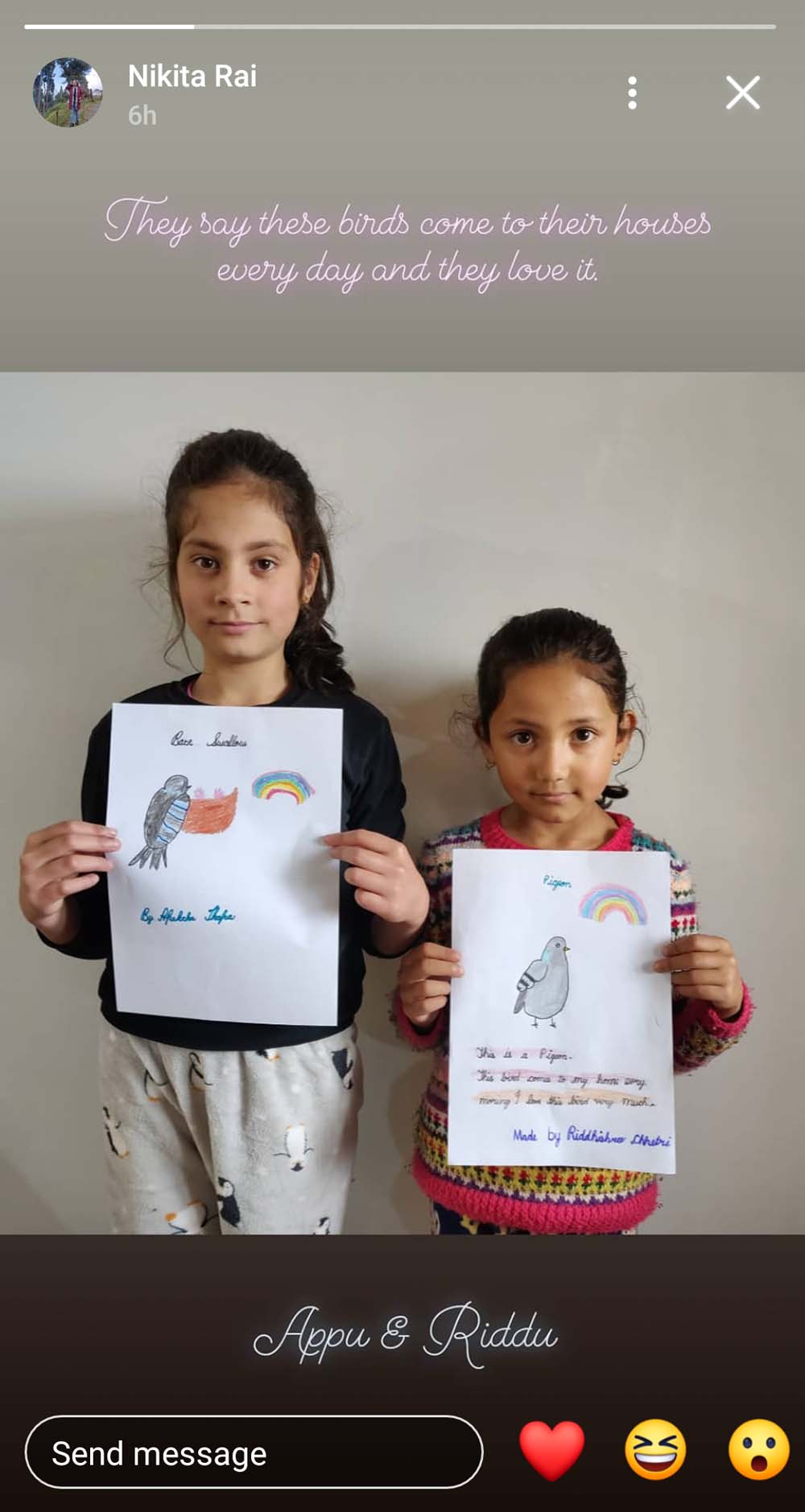
After directing a film on River Teesta, called ‘Voices of Teesta’, I resumed my teaching and in one of those classes, I asked children about the location of the river. They replied, ‘Near a bridge, Miss!’ This answer led me to a bigger question of how we associate nature and why we have not been able to connect these dots of interdependence in our education system.
Since then, it has been more than seven years, and the journey which began as a documentation of these stories led to the dissemination of these stories about nature to younger children through the medium of storytelling.
In these times when instant gratification is a norm and social media are a platform to connect and disconnect instantaneously, storytelling lost its listener through the sands of time. There are stories of war and freedom often reflecting the anthropogenic perspective to the environment, but there are also grave stories of interdependence and sacrifices for a greater harmonious relationship of environment. These stories are often overshadowed with stories of triumph and victory of a human battle. Oral literature has been complex for that it is not documented. But, the oral history passed on from one person to another in different times and different genres often celebrating humans but disregarding the environmental history of those regions. These stories had the knowledge to adapt to and adopt the environmental hazards that our rivers and mountains have gone through.
With the death of every elder in our villages, we are losing this rich knowledge. The sad part is that the documentation of this knowledge is not enough. It needs active participation and engagement between the elders and the youngsters of the village. But with half the youngsters away from a village in hope of a better future and better money, the elders have often died with untold stories in their cremation beds.
Glenn Family Foundation gave me a perfect opportunity and platform to use these stories as a seed for the future generation to understand about nature and eco-system in these difficult times of Covid-19. Under GFF Helps Project, as a GFF volunteer interning in Child Development Society in Nepal, I found a perfect opportunity to engage with children and create connections and seeds love for nature through these stories in villages of Srijanshil Rehabilitation and Special Education School for Disabled in Chandragiri, Janjagaran Primary School in Teenghare village in Kavre, and Baal Kumari School in Kathmandu.
Amid the Covid-19 pandemic, when the lockdown was announced in Nepal, we were restricted to our small space of helplessness. There was a nagging desire to help in spite of various challenges of physical distancing and minimal movement. Storytelling was a space for humans to meet and connect. But, the lockdown did not allow any of it for our own safety. The world was distressing when these children were at the receiving end of frustrations and anxieties that the elders were going through in a form of economic breakdown, migration issues, political conflicts, and death rates tolling every hour.
Eventually, every Saturday and Sunday, under GFF Helps Project, I started an online storytelling session, which still continues. I often tell stories of the Himalayas and plans, animals, and trees of the Himalayan region to these children aged eight to 13/14. It is through these stories the children’s mind can enter into a cradle of hope, love, interdependence, cooperation, humility, solidarity, resilience, and gratefulness.
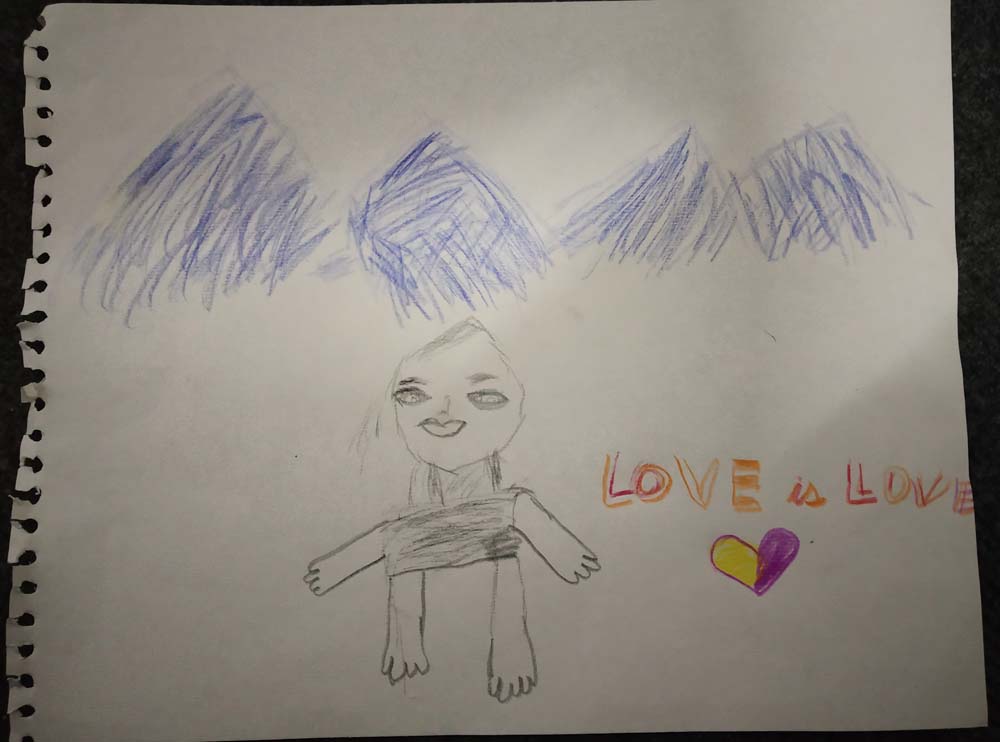
The idea behind these storytelling sessions is to encourage engagements, conversations, and celebrate curiosity and inquiry in these young minds. So, the children not only learn about nature, but also about attributes like forgiveness, letting go, that change is permanent, and that a mistake is not a mistake. If the children co-learn while interacting with me, the multidimensional learning begins where the children find solidarity with one another no matter where they come from. We become unbiased listeners.
The children participating are from India and Nepal and they send their drawings which are uploaded on Facebook and Instagram pages of Rainbow Children of Himalaya. Towards the end of the story, we invite guest speakers sometimes. For example, we had scholars like Atharva Singh from Bombay Natural Historical Society, and Karishma Pradhan from Nature Conservation Foundation India who shared facts about blue-throated barbet, white-breasted kingfisher, and great hornbill after narrating the folklores about these birds. The children then were asked to look up and see different kind of birds, clouds, butterflies above them after the session. Now, these children have started sharing their paintings and observations of birds, trees or anything they observed after the session. In the times to come, the initiative is to collect the children’s stories of their trysts with Mother Nature during the Covid-19 lockdown. Hopefully, when lockdown opens and they start going to schools, they become better listeners and find questions curious enough to pursue when they look up in the sky.
Minket Lepcha is a storyteller and filmmaker from Darjeeling of India. She currently volunteers in Nepal as a part of the GFF Helps Project.






